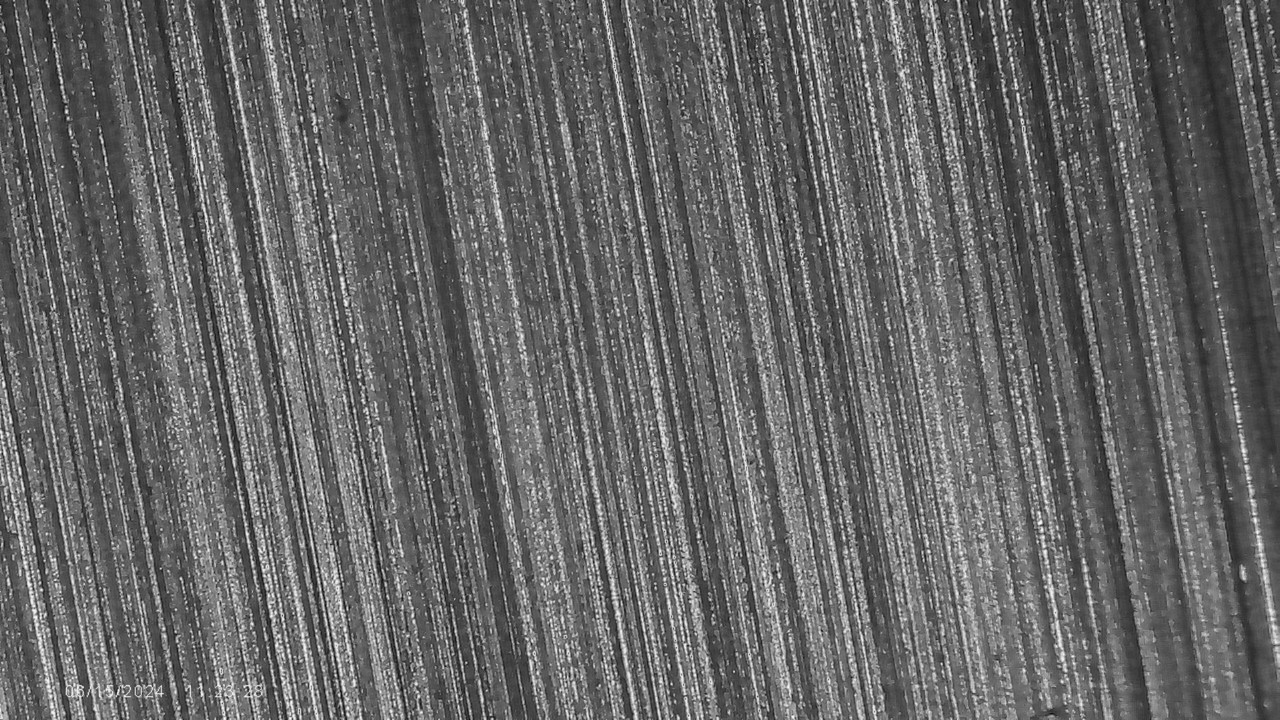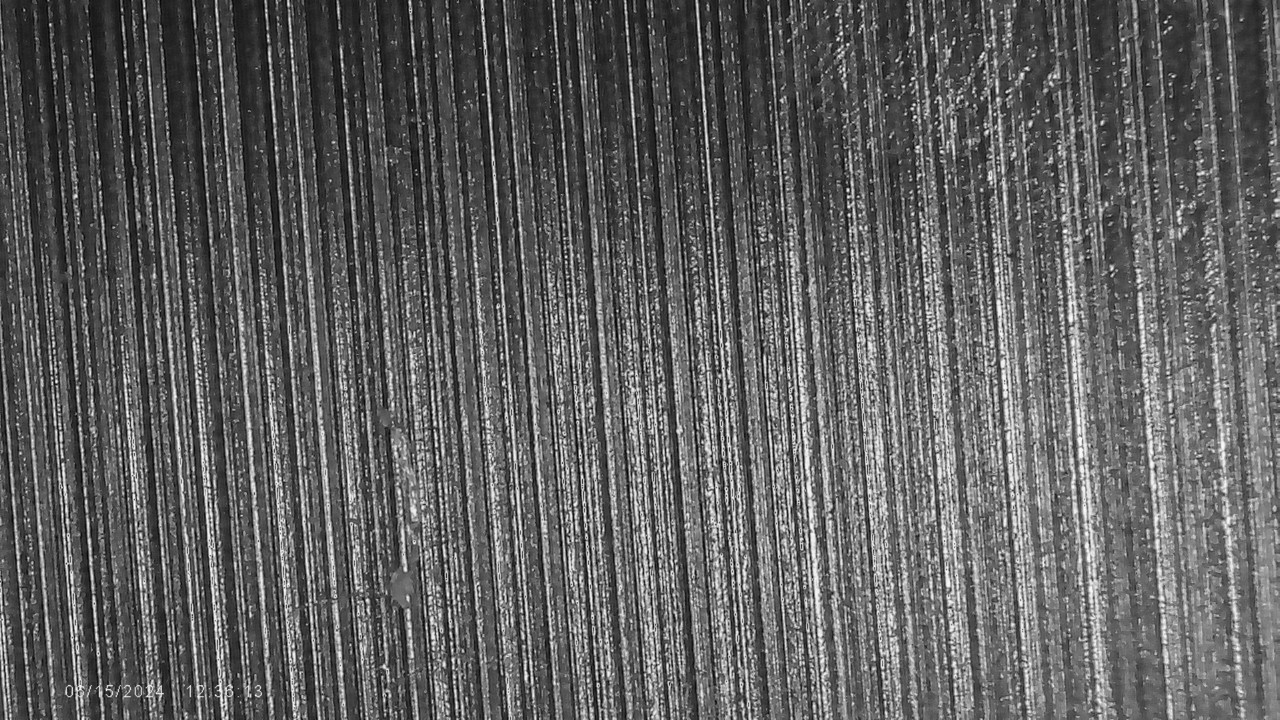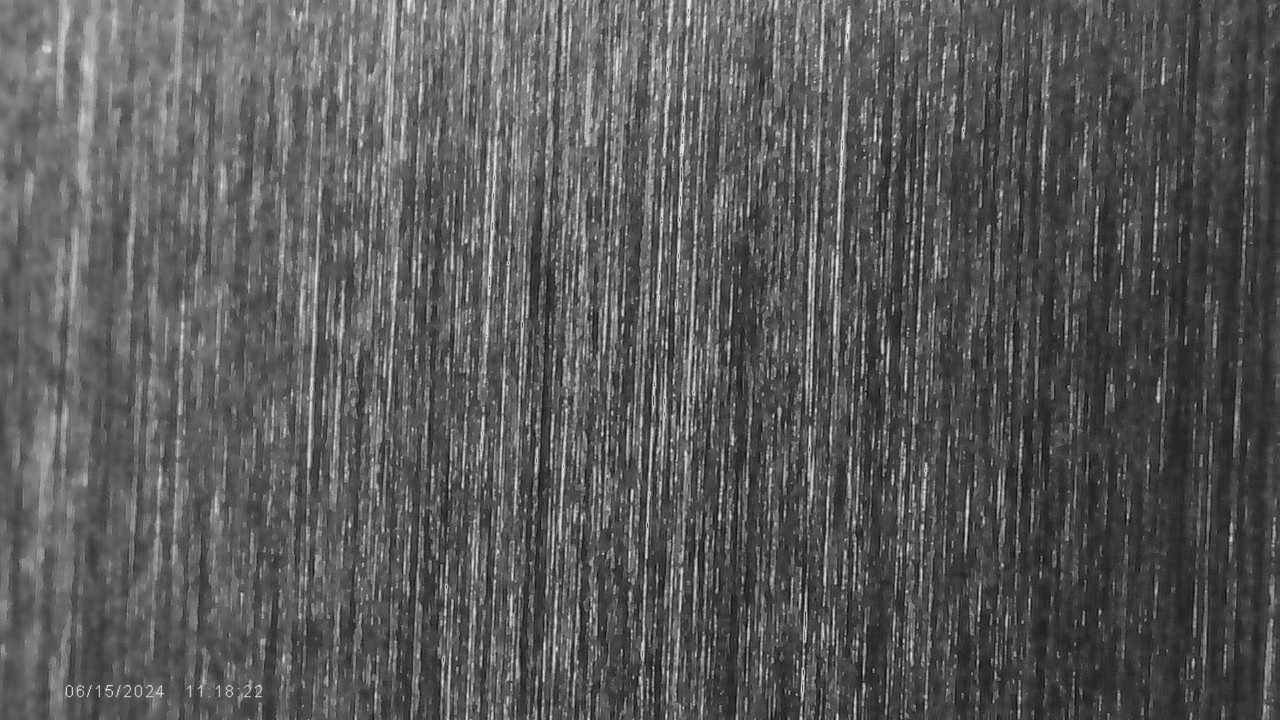I love a real belt satin finish on a blade, but I'm not a fan of most machine satins. I was curious if anyone knows how those machine satins are actually created? I know one type is just very fine milling lines (Spyderco's satin, for example), but there's another kind that has more random lines, like a belt satin, but the lines are shorter ... don't run continuously from the spine/flat to the edge bevel. That's the one I'm curious about. Anyone know what process they use to create that?
-
The BladeForums.com 2024 Traditional Knife is ready to order! See this thread for details: https://www.bladeforums.com/threads/bladeforums-2024-traditional-knife.2003187/
Price is$300$250 ea (shipped within CONUS). If you live outside the US, I will contact you after your order for extra shipping charges.
Order here: https://www.bladeforums.com/help/2024-traditional/ - Order as many as you like, we have plenty.
You are using an out of date browser. It may not display this or other websites correctly.
You should upgrade or use an alternative browser.
You should upgrade or use an alternative browser.
Machine Satin?
- Thread starter Blade Lab
- Start date
Pretty sure it isn't. It's the satin you see on pretty much any satin-finished budget knife. They aren't hand grinding them on belts. I know there's a pretty significant upcharge from OEMs for a real belt satin, versus whatever the budget satin is.I think it’s just a finer grit belt.
- Joined
- Jun 11, 2020
- Messages
- 109
It can be many different reasons a different brand of belt as different brand belts leave a different pattern even though they could be the same grit number each brand varies. They could also be using a finishing belt something like a scotchbright belt or even a cork belt each leaves a slightly different surface pattern. I'm guessing the one your trying to work out is a scotchbright belt finish.
- Joined
- Mar 4, 2013
- Messages
- 3,060
the machine satin finish is usually either a finer grit belt or a scotchbrite belt finish, even on production blades. The process is automated (mostly) though some companies use manual labor to run the bevel over a scotch bright belt before assembly. That last finish appears to be fine grit scotchbrite.
OEM upcharge is because they are manually grinding the blade.
OEM upcharge is because they are manually grinding the blade.
Wild Ben
Platinum Member
- Joined
- Jan 16, 2016
- Messages
- 513
What he said. Scotch bright or similar makes shorter more indistinct lines.the machine satin finish is usually either a finer grit belt or a scotchbrite belt finish, even on production blades. The process is automated (mostly) though some companies use manual labor to run the bevel over a scotch bright belt before assembly. That last finish appears to be fine grit scotchbrite.
OEM upcharge is because they are manually grinding the blade.
Thanks! That makes sense, since it takes a higher level of skill to hand grind a blade, as opposed to doing surface conditioning. Even if they're just putting a final finish on a bevel with a low grit belt, the operator has to know what he's doing to avoid screwing it up, more so than he would with Scotchbrite or a worn, high grit belt.the machine satin finish is usually either a finer grit belt or a scotchbrite belt finish, even on production blades. The process is automated (mostly) though some companies use manual labor to run the bevel over a scotch bright belt before assembly. That last finish appears to be fine grit scotchbrite.
OEM upcharge is because they are manually grinding the blade.



